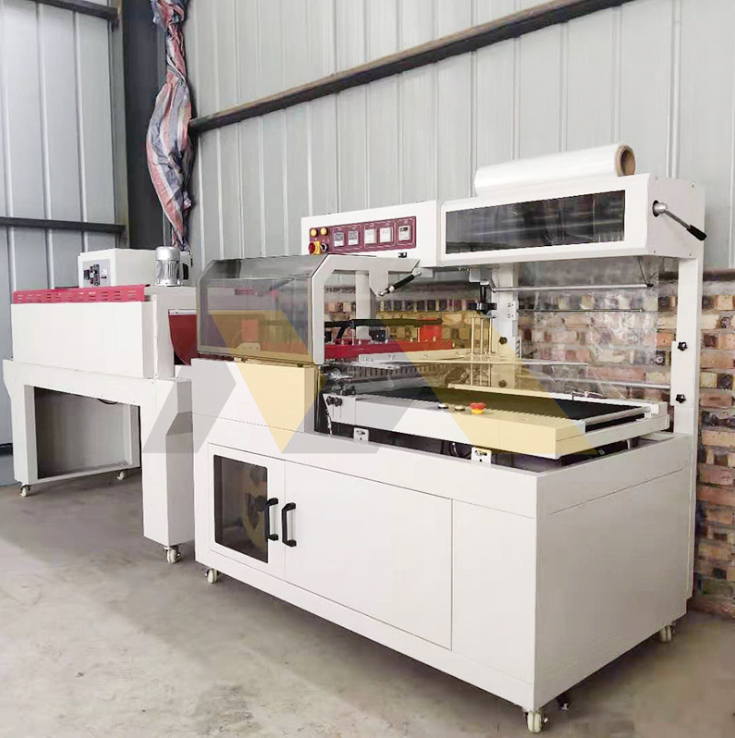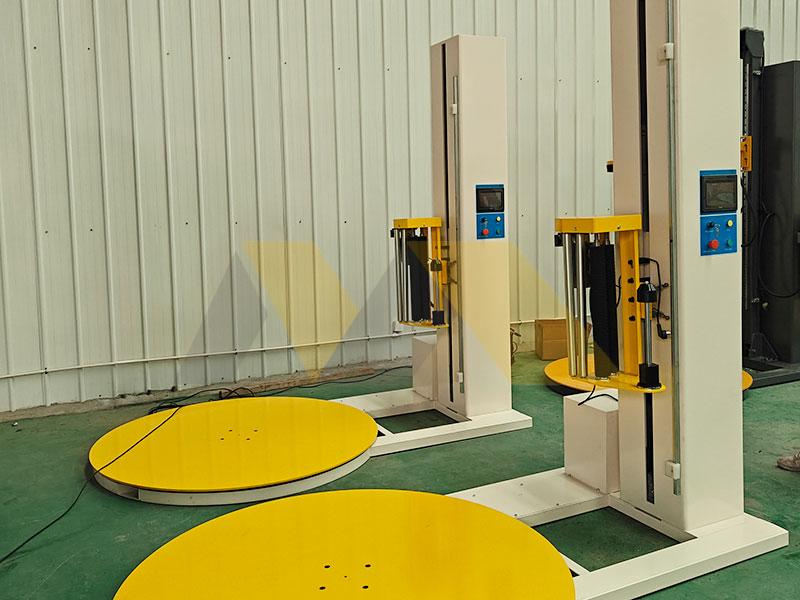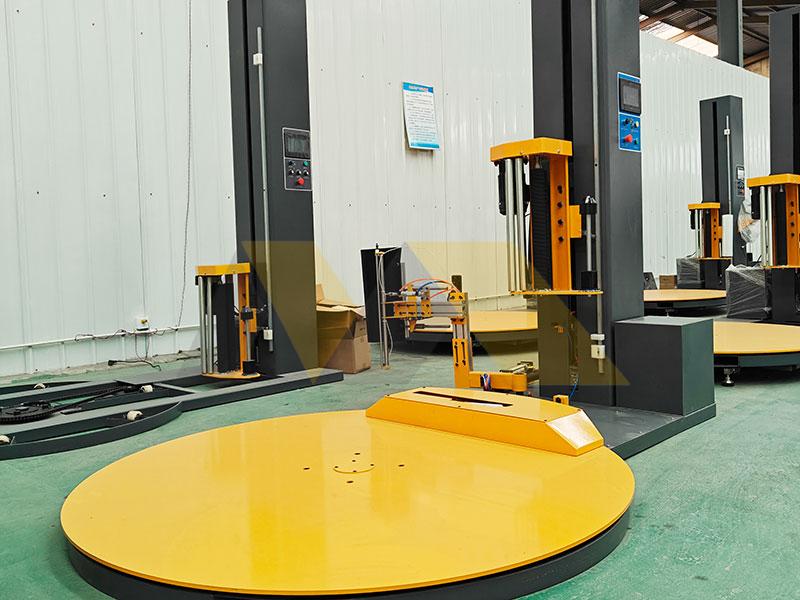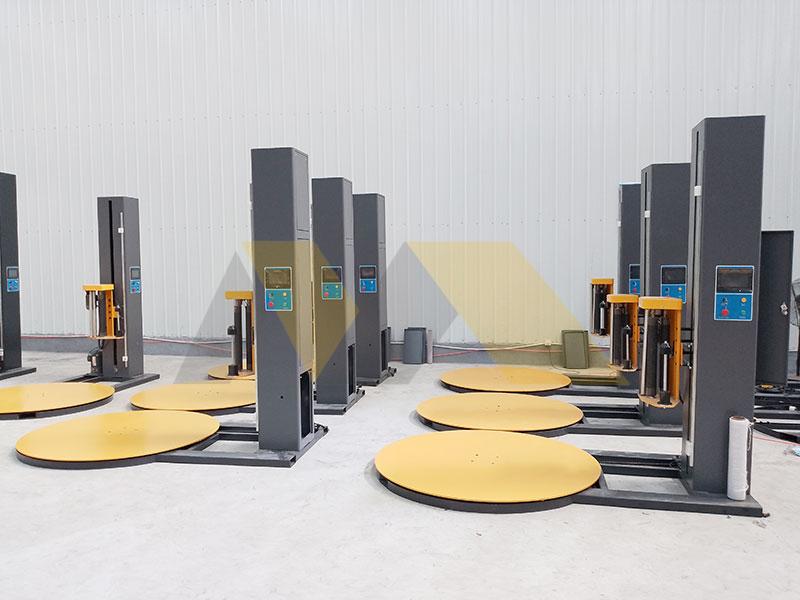You need transparent shrink wrap pricing. Hidden costs hurt budgets. As your supplier, I offer clear breakdowns upfront.
Shrink wrap costs range from $50 to $150 per roll depending on thickness (80-120 gauge), material (polyolefin vs PVC), and order quantity, with bulk discounts reducing prices by 15-30% for shipments over 5 tons.
Let me give you a fair cost analysis and show you how to avoid overpaying. Continue reading to see why your product type matters more than you think.
What’s the shrink wrap effect?
Struggling with damaged goods? I understand your frustration. The right shrink effect protects shipments during transit.
Shrink wrap creates a tamper-proof seal by applying heat (250-350°F), making film contract tightly around products to prevent moisture damage, dust contamination, and shipping vibrations while revealing tampering attempts instantly.
Now consider these critical performance factors when selecting materials:
Heat Contraction Ratios Determine Security
Different films behave uniquely under heat. I’ve seen customers lose thousands due to poor contraction compatibility. Key ratios:
| Material | Shrink% (Length) | Shrink% (Width) | Best For |
|---|---|---|---|
| Polyolefin | 15-20% | 40-60% | Electronics |
| PVC | 10-15% | 20-30% | Food packaging |
| Polyethylene | 20-30% | 50-70% | Heavy industrial goods |
Case Study: Battery Manufacturer Fix
Last year, a Japanese client used cheap PVC wrap for lithium batteries. Vibration testing showed 30% damage rates until we switched to high-shrink polyolefin. Problem solved instantly.
Barrier Properties Affects Product Safety
Our climate-controlled lab tests prove:
- Oxygen barrier ratings
- Moisture transmission rates
- UV resistance thresholds
Customizing barriers prevents oxidation disasters, especially for ocean freight customers. I suggest starting trials early.
What is the difference between stretch wrap and shrink wrap?
Confusing these wraps wastes money daily. As your packaging partner, I simplify the puzzle.
Shrink wrap requires heat to tighten around items creating rigid protection, while stretch wrap uses tension to encase pallets with elastic cling – making shrink ideal for retail-ready products and stretch better for warehouse transit stability.
The truth is both serve distinct purposes in your workflow. Let me demonstrate through three key dimensions.
Cost-Efficiency Breakdown
One Canadian distributor saved $17,000 annually after we audited their wrap usage. Consider these comparisons:
| Criteria | Shrink Wrap | Stretch Wrap |
|---|---|---|
| Equipment Cost | $5,000-$20,000 | $1,000-$6,000 |
| Material Cost/Unit | Higher | Lower |
| Labor Time | Shorter heat cycle | Manual application required |
| Durability | Waterproof | Puncture resistant |
Application Scenarios Decoded
I guided Lambert through this decision recently:
- Use shrink wrap for: Retail boxes, consumer electronics, bundles needing branding
- Use stretch wrap for: Pallet securing, indoor warehousing, lightweight components
Shelf Life Experiment
When our Miami client shipped sporting goods, items wrapped in PVC maintained quality for 18 months versus 8 months with stretch. Humidity control mattered.
What size is a shrink film?
Buying the wrong film dimensions causes material waste nightmares. Let’s optimize your specifications.
Standard shrink film widths range from 10” to 60” with thicknesses between 80–120 gauge, but I custom-cut widths down to 3” precision and adjust micron levels based on product fragility tests in my factory.
You need data-driven size matching. Consider these actionable metrics.
Weight Capacity Mapping
Through impact testing, we developed this guideline table:
| Product Weight | Recommended Gauge | Roll Width | Max Drop Height |
|---|---|---|---|
| <2kg | 80-90μm | 10-20in | 1.2m |
| 2-10kg | 100-110μm | 20-40in | 2.5m |
| >10kg | 120μm+ | 40-60in | 4m |
Thickness Test Results
Our North American clients proved 100μm films handled drops from loading docks better than 80μm. Extra cents/pack saved $23/return.
Cutting Waste Algorithms
I cut 87% of clients’ material costs using:
- Laser-scanning product dimensions
- Calculating optimal web width
- Minimizing seal thresholds
One supermarket chain reduced film waste by 19 tons annually.
Are Chinese packaging machines reliable?
Fear of poor quality machinery keeps buyers awake. Trust me – proper vetting prevents disasters.
Yes, top-tier Chinese machines match Western reliability when you insist on ISO 9001 certification, raw material traceability, and third-party performance testing – my factory provides live video inspections for every device to combat false documentation.
I’ve witnessed industry change first-hand. You deserve these verification insights.
Three-Step Validation Framework
After 5 North American refund cases, I developed this system below. Let me implement it for you.
| Verification Stage | Western Clients’ Requirements | Our Protocol |
|---|---|---|
| Component Sourcing | Material Certificates | Live steel mill footage |
| Assembly | QC sampling | Real-time workshop cams |
| Performance | Basic test report | Third-party lab simulation |
Lambert’s Trust-Building Tour
When my company flew Lambert to China, we showed him:
- Raw material warehouses
- CNC calibration processes
- Export packaging stations
His purchase order increased 300%.
Lifetime Cost Analysis
My production data shows:
- $6,000 premium machines last 12 years
- $3,000 bargain units fail in 18 months
- Spare part inventories cut downtime by 83%
Visit https://mywaymachinery.com/contact/ for your customized verification report.
Conclusion
Shrink wrap costs hinge on material science and smart sourcing. Trust but verify manufacturers for risk-free operations.




